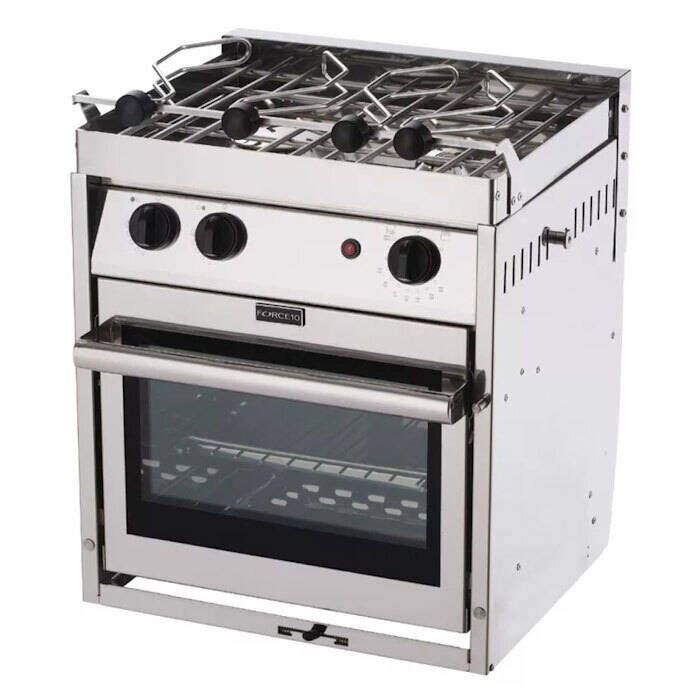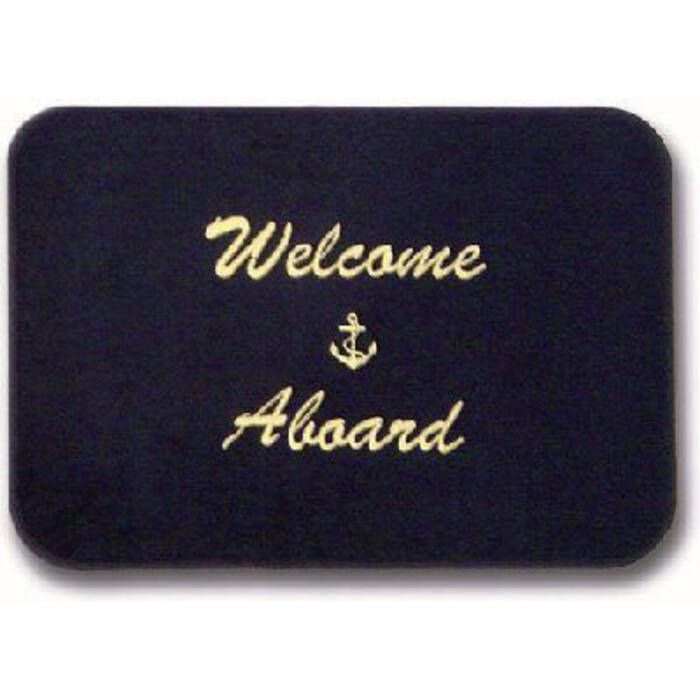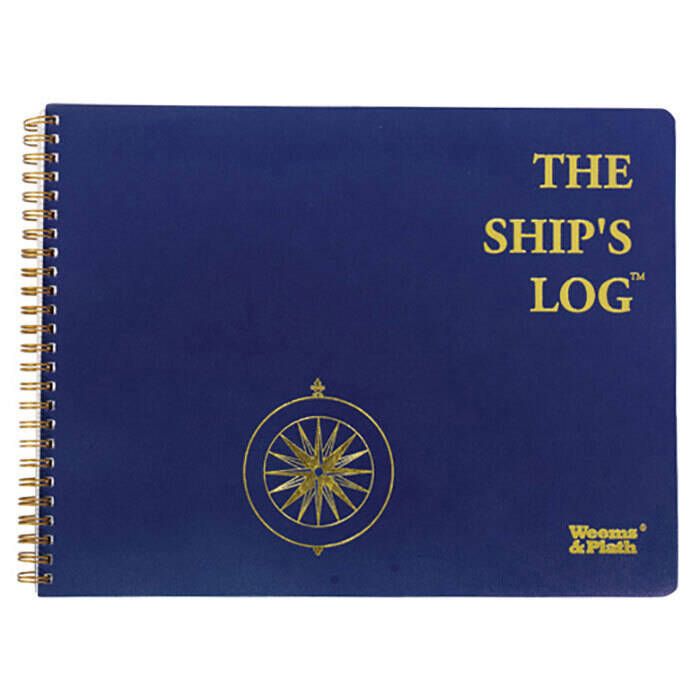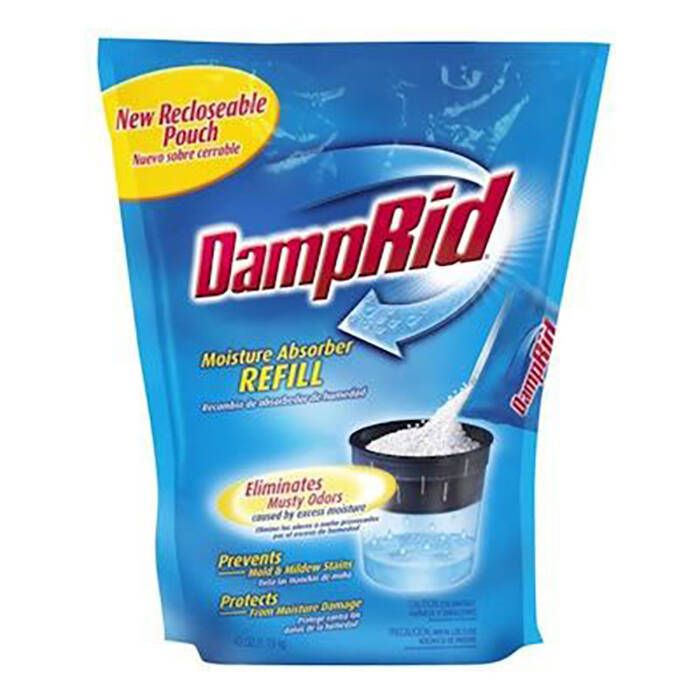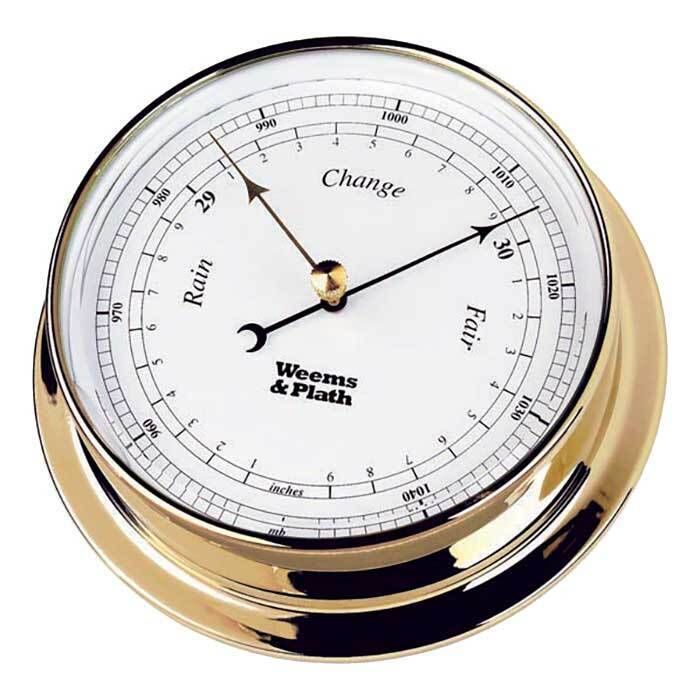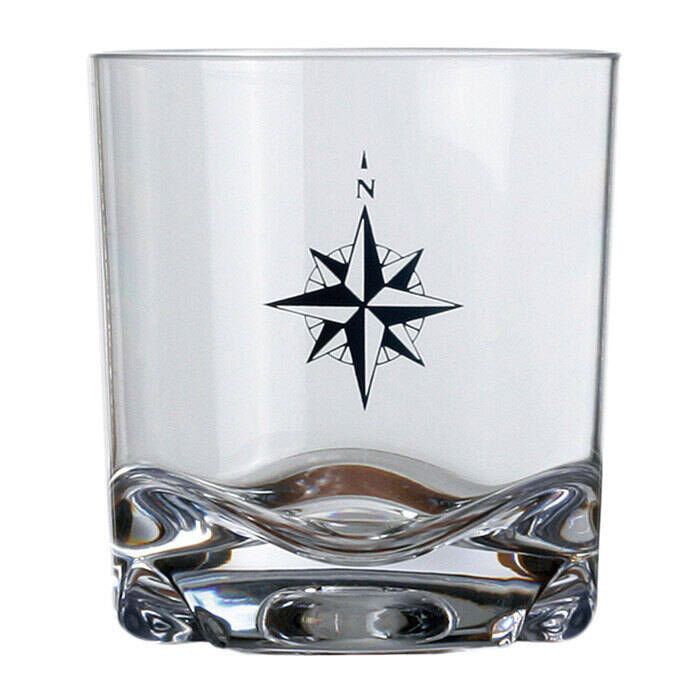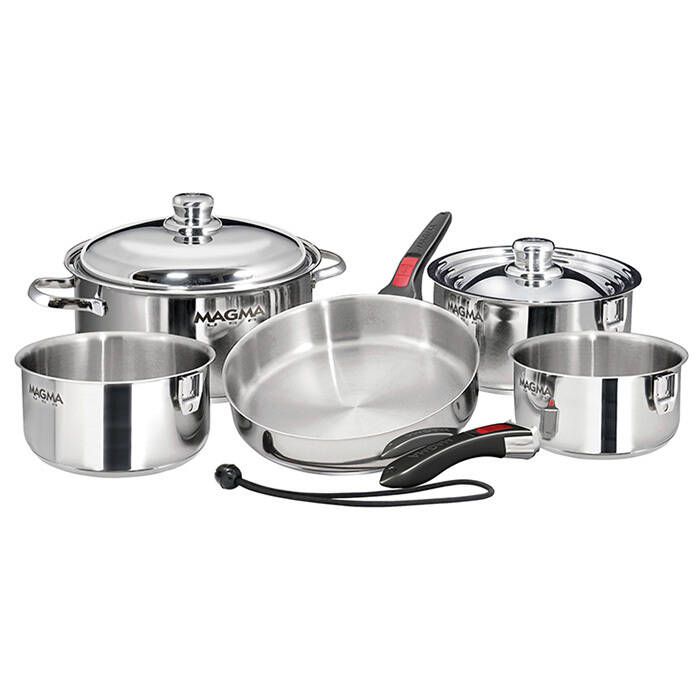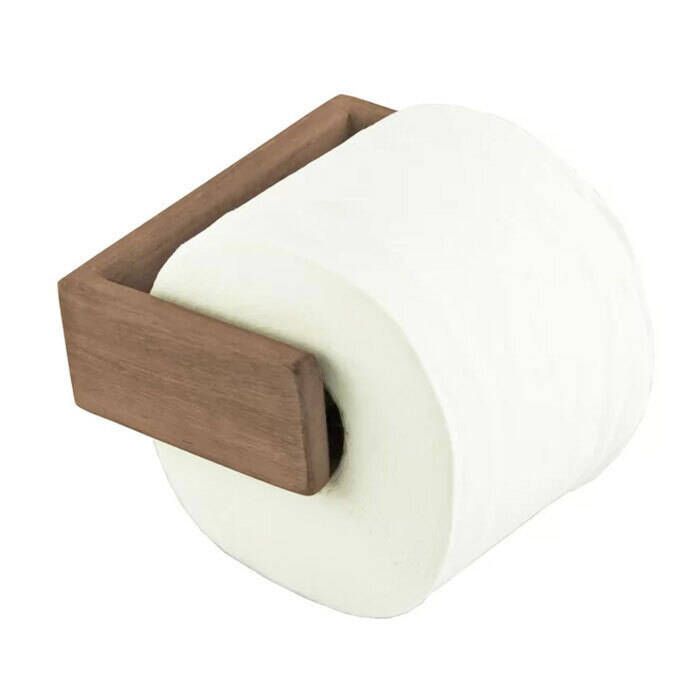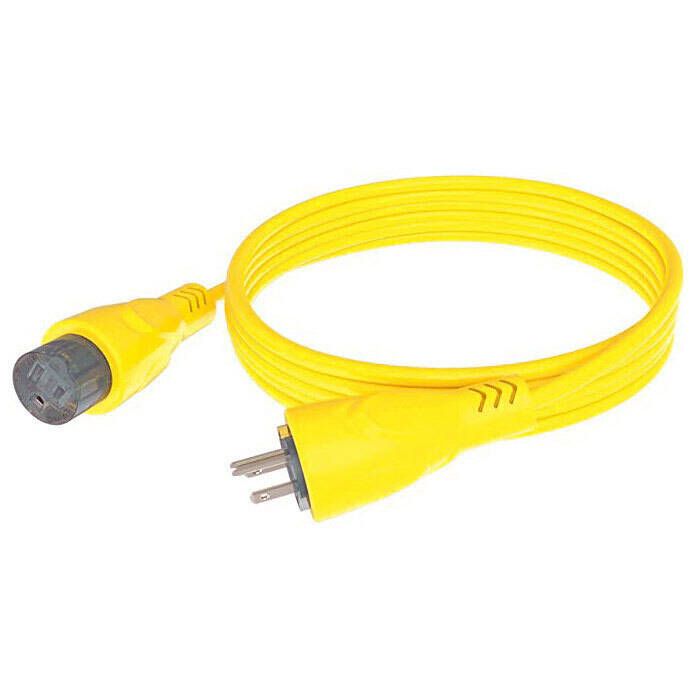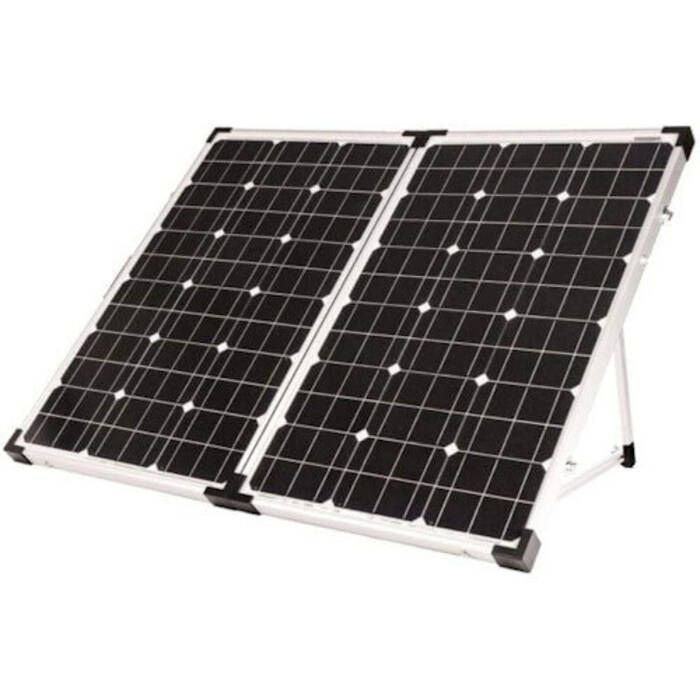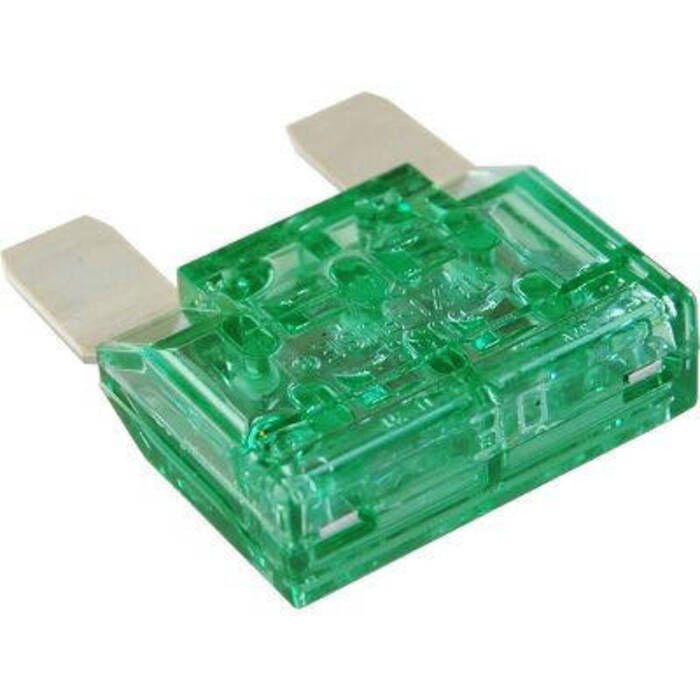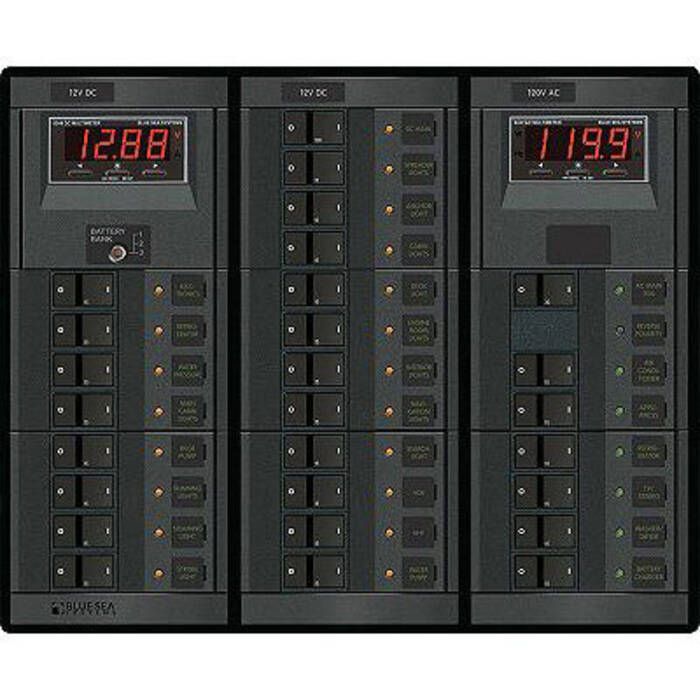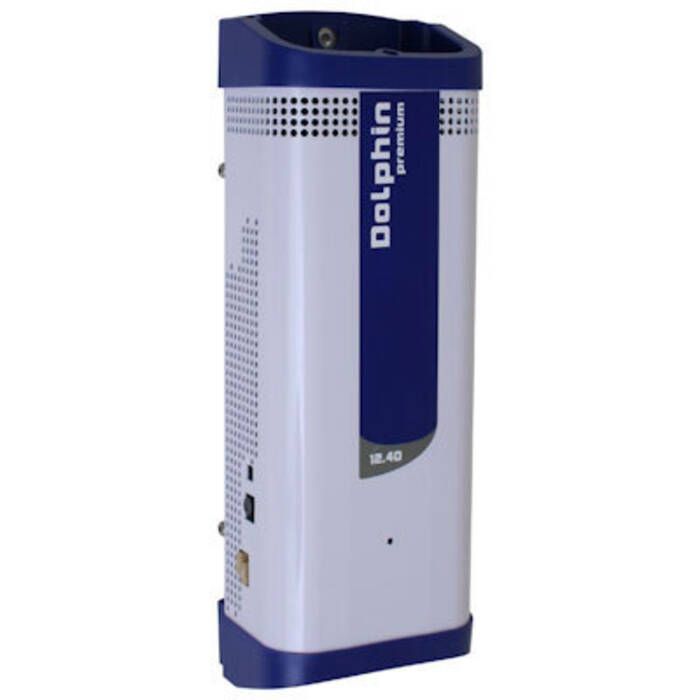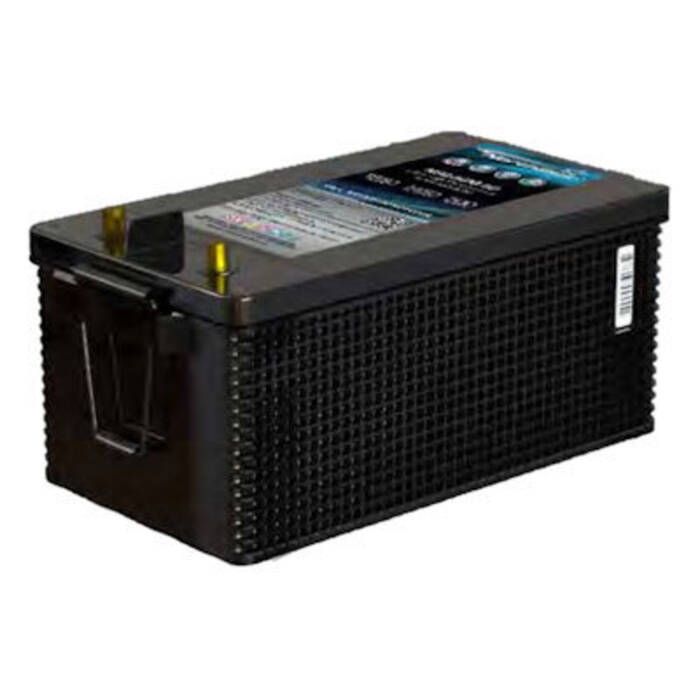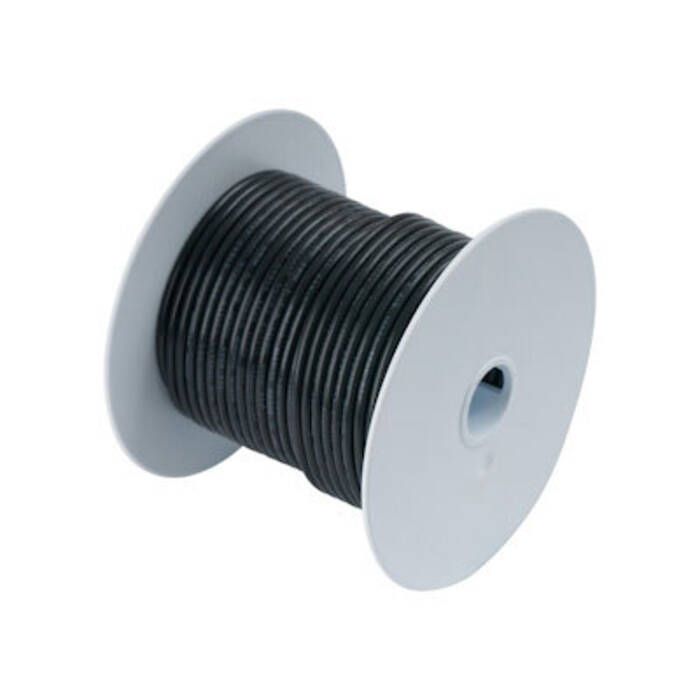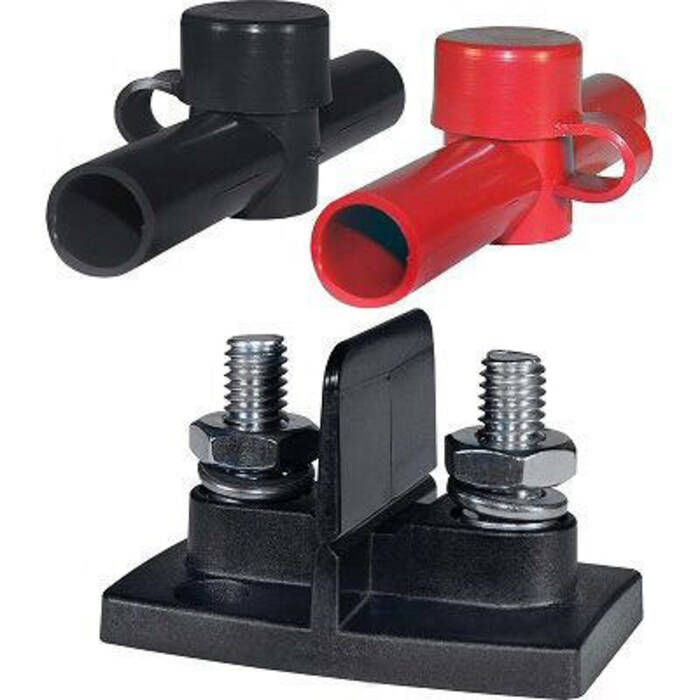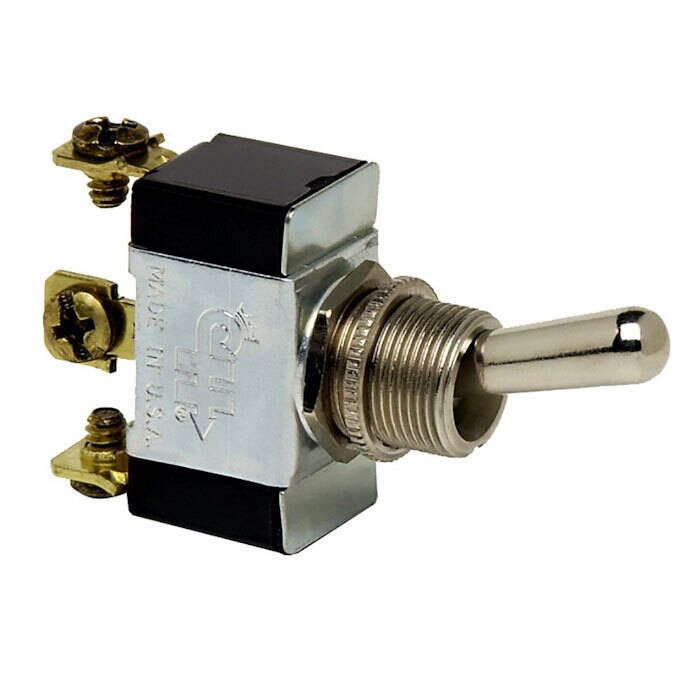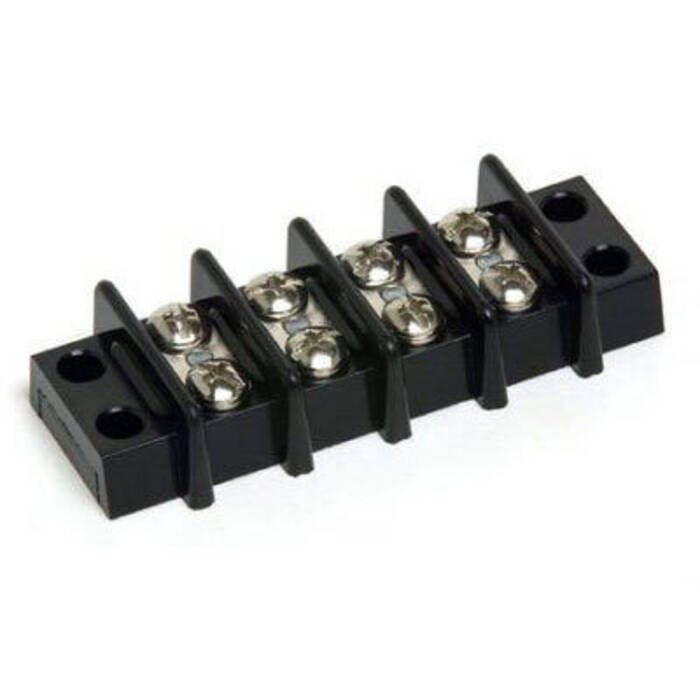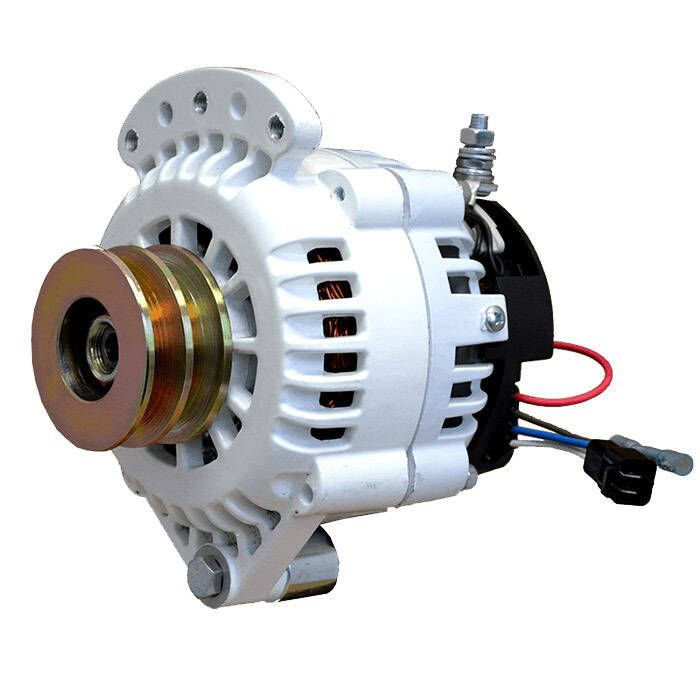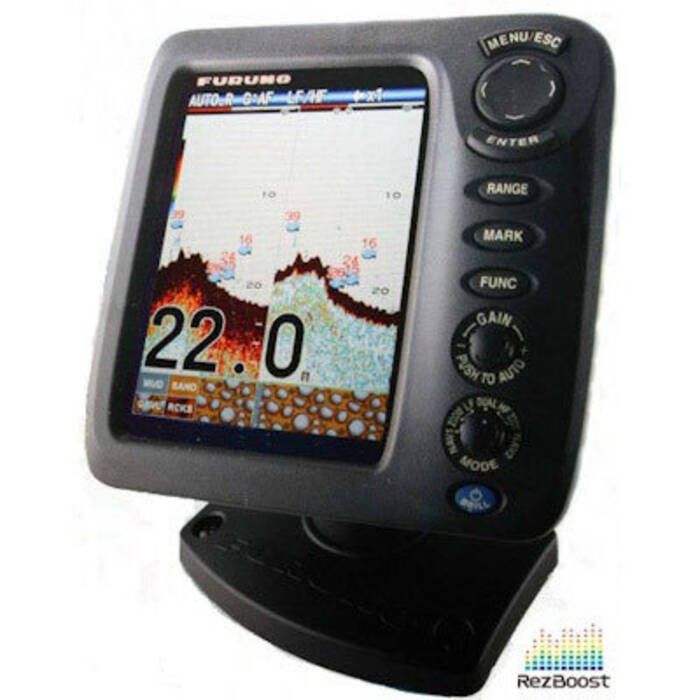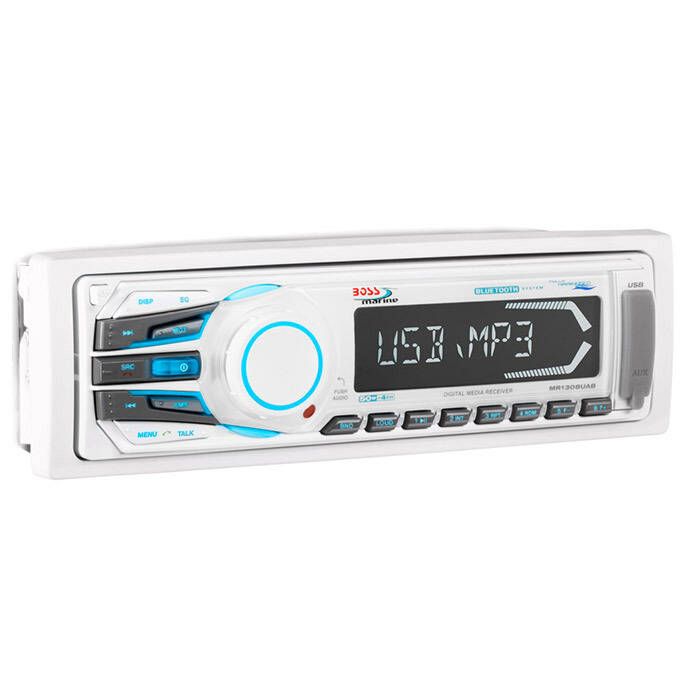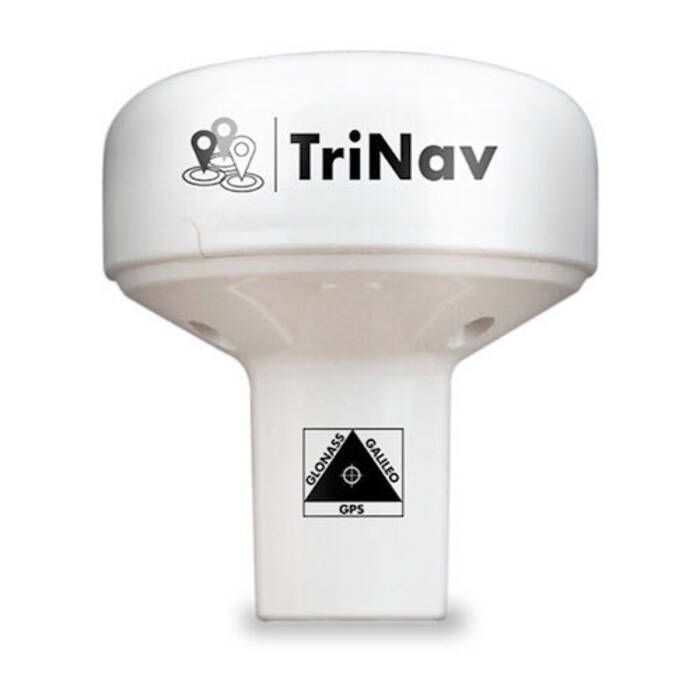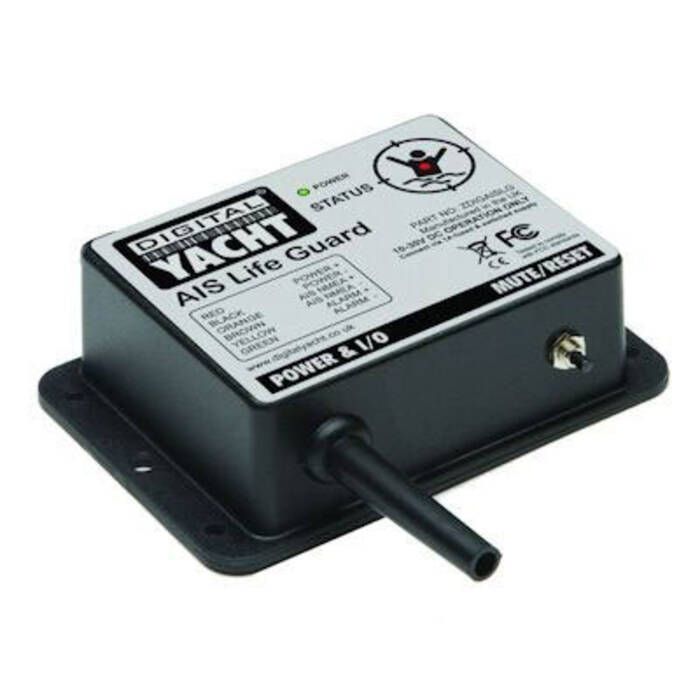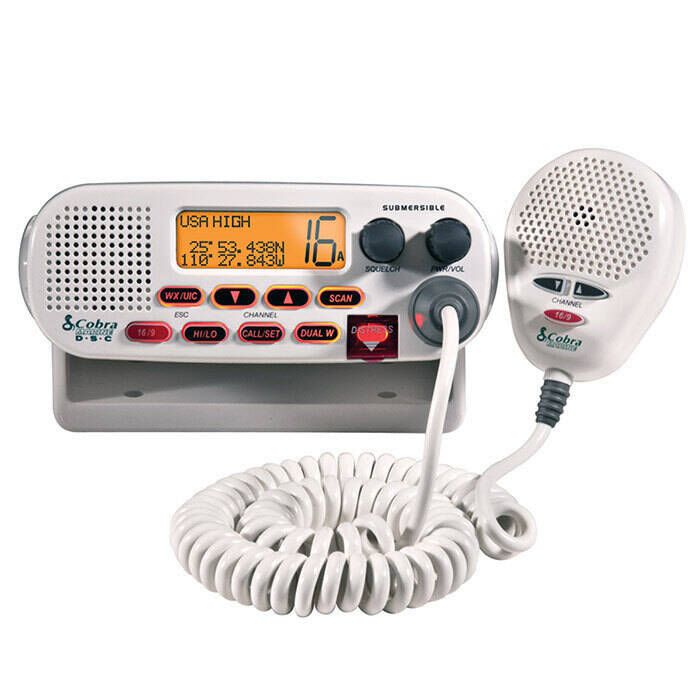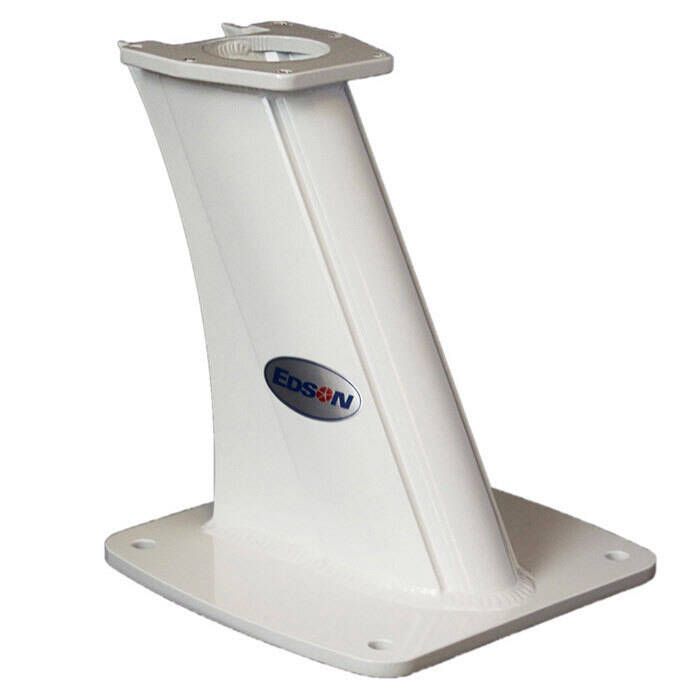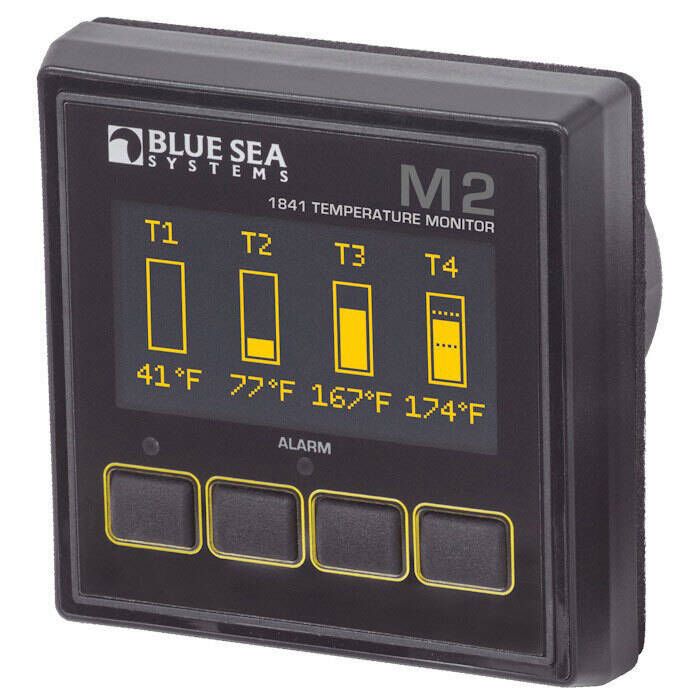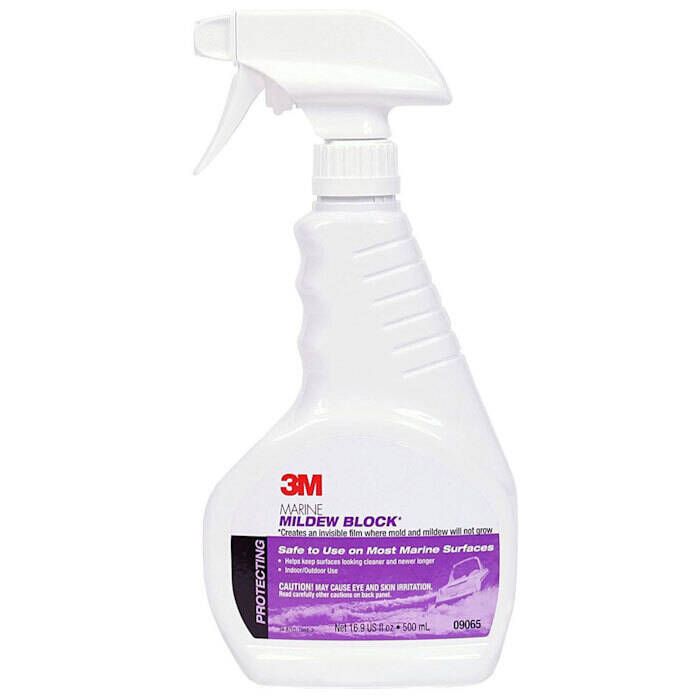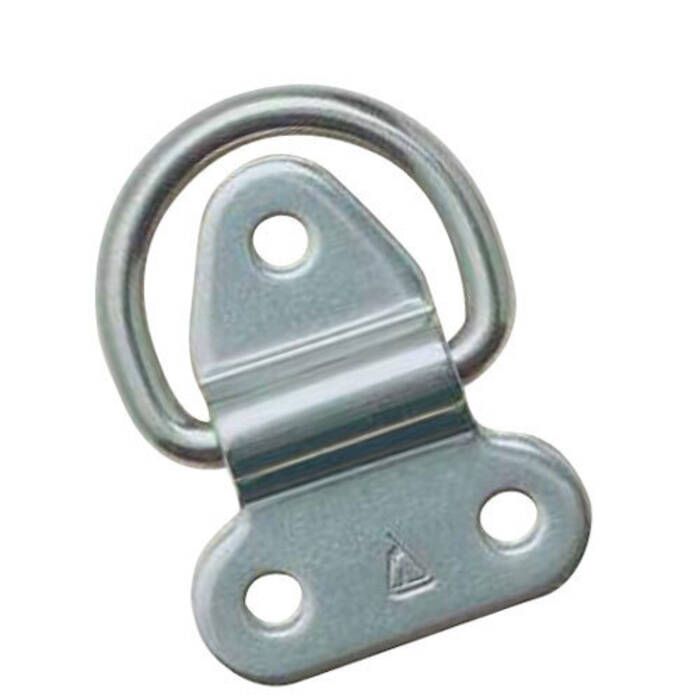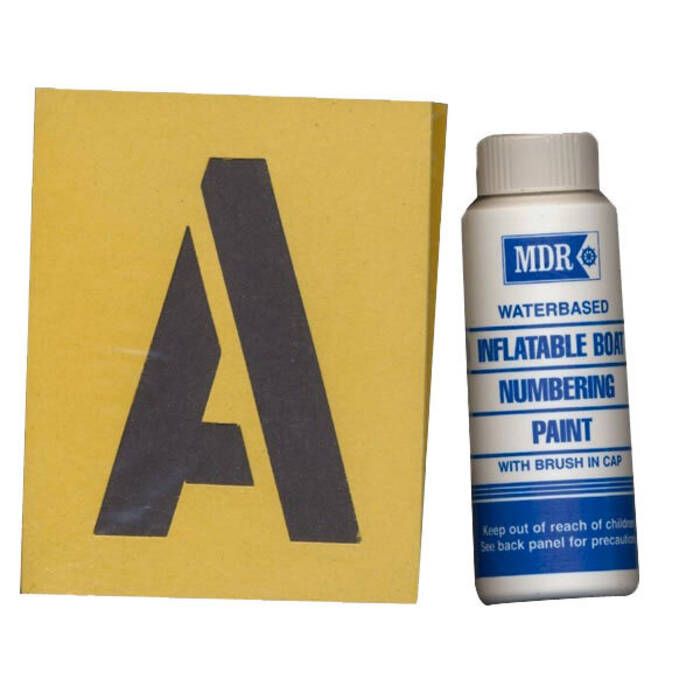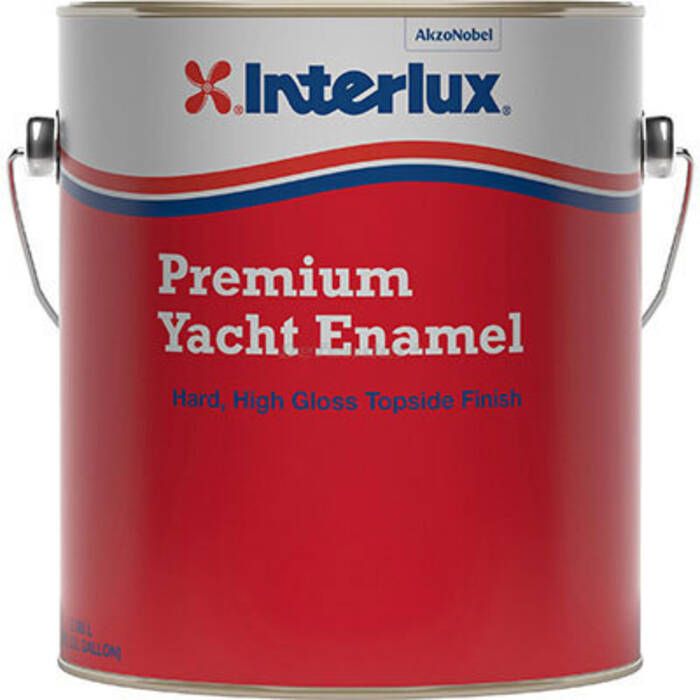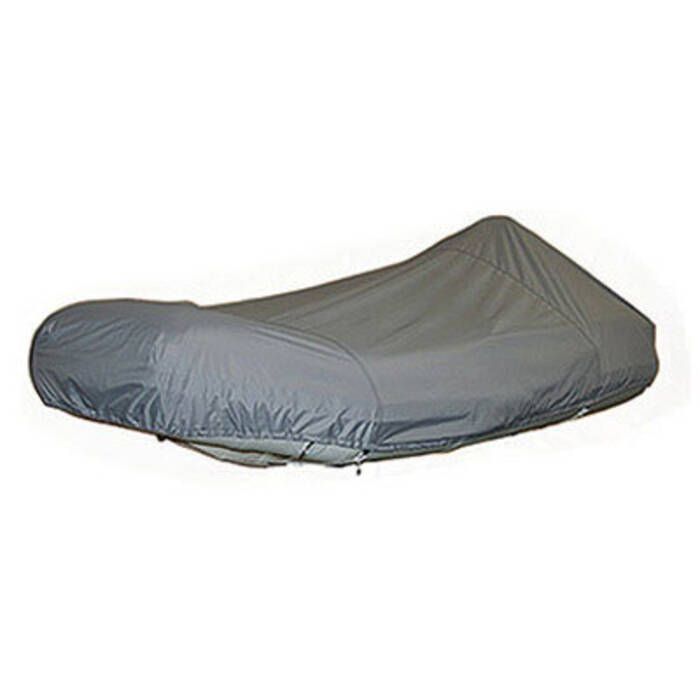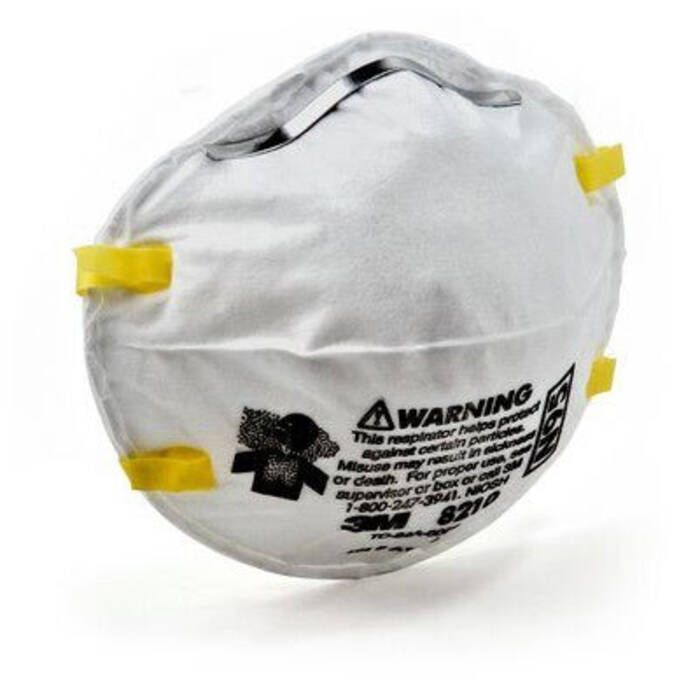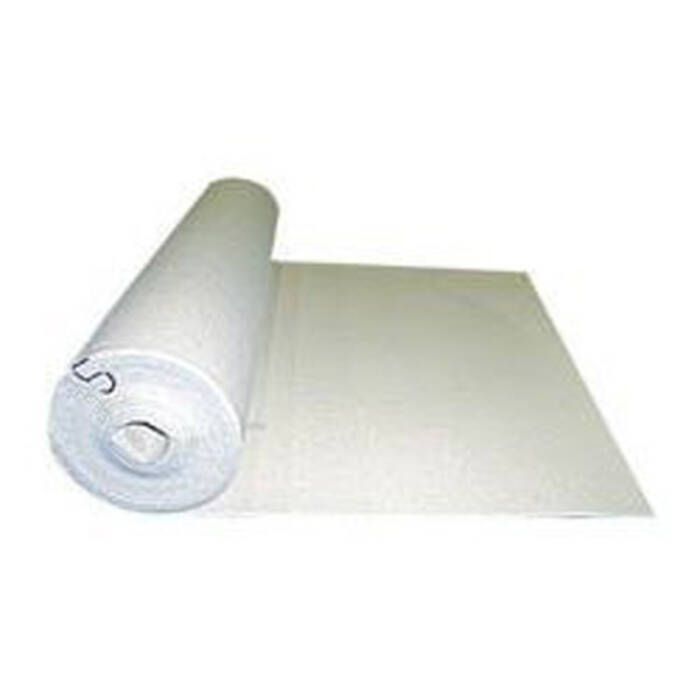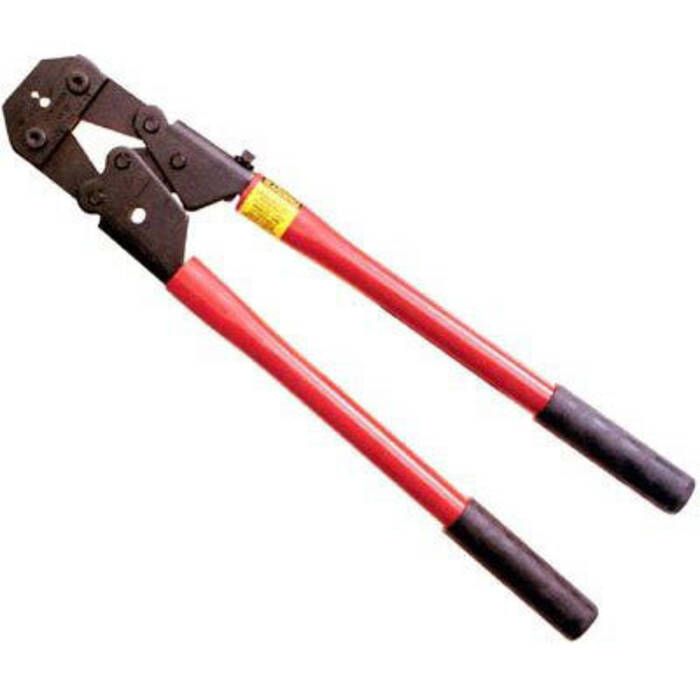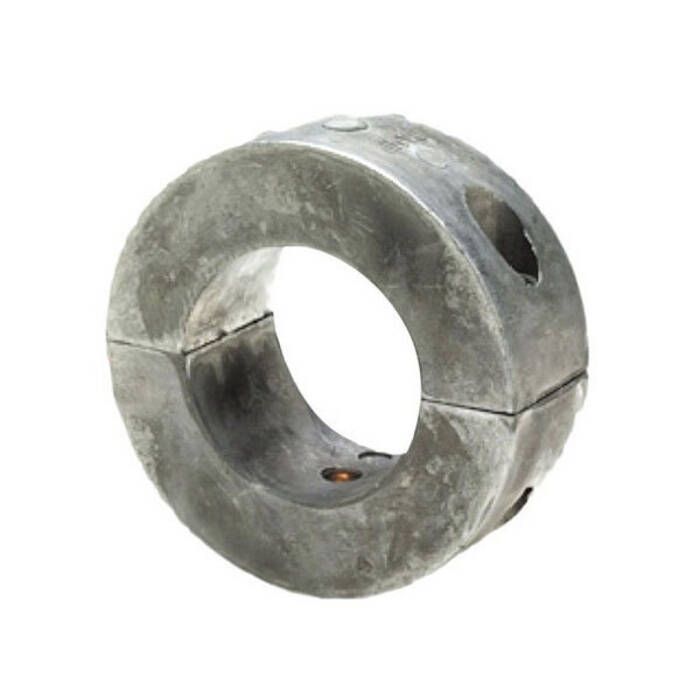Transducteurs de sondeurs
-
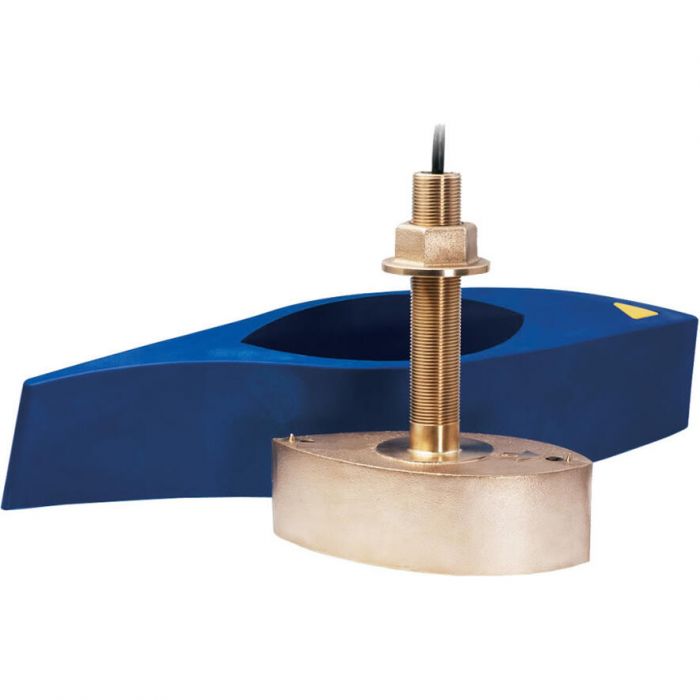
Furuno - Transducteur CHIRP Traversant en Bronze B265 Basse/Haute Fréquence
2 118,89 $ -

Furuno - Transducteur CHIRP Traversant en Bronze B275 Basse/Haute Fréquence avec Température
2 732,09 $ -

Furuno - Transducteur CHIRP PM265 en Bronze Basse/Haute Fréquence Montage en Poche avec Température
2 111,84 $ -

Furuno - Transducteur Combiné à Faisceau Large à Montage en Poche 165T/275LHW pour DFF3D
4 813,88 $ -
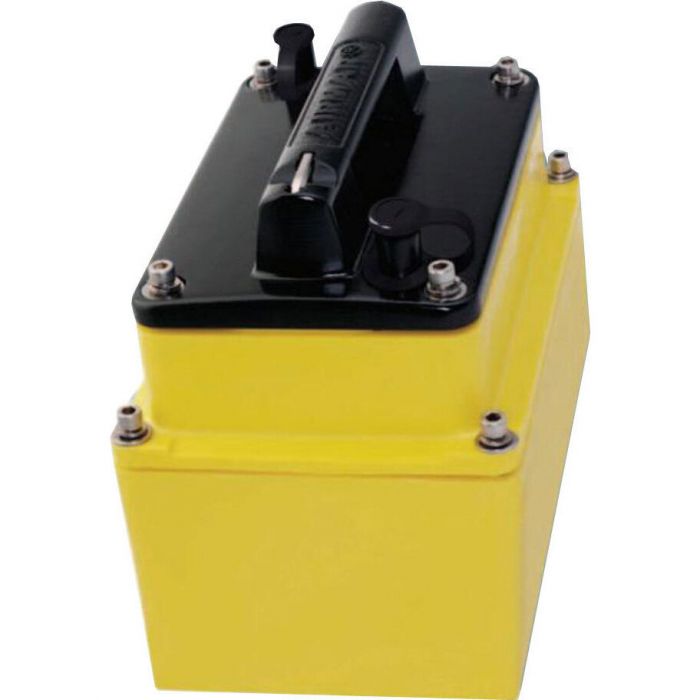
Furuno - Transducteur Intérieur de Coque en Uréthane 527ID
1 347,44 $ -

Furuno - Transducteur Combiné à Montage en Poche 165T/265LH pour DFF3D
4 553,48 $ -

Furuno - Transducteur à Profil Bas en Bronze à Passer par la Coque
296,01 $ - 315,61 $ -

Furuno - Transducteur Traversant en Acier Inoxydable 556TID avec Température et Bloc de Carénage
1 683,48 $ -
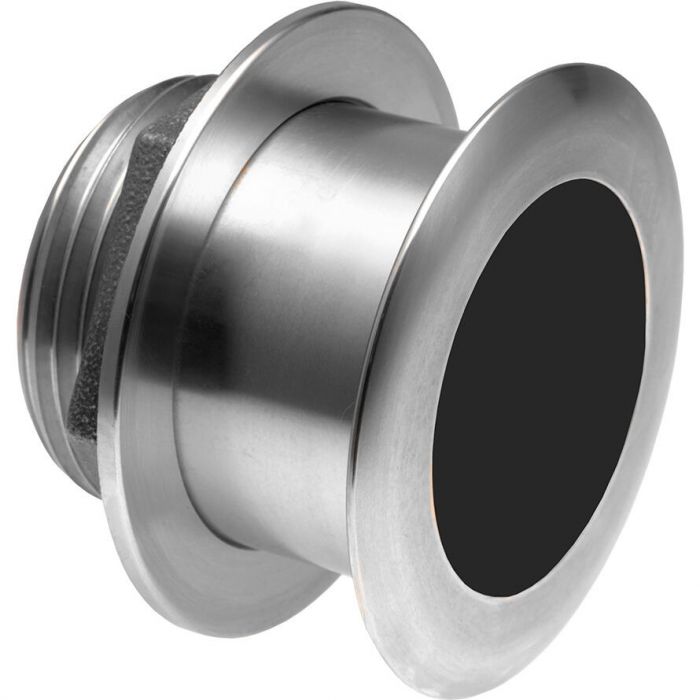
Furuno - Transducteur Traversant en Acier Inoxydable à Élément Incliné 556TID
1 347,44 $ -
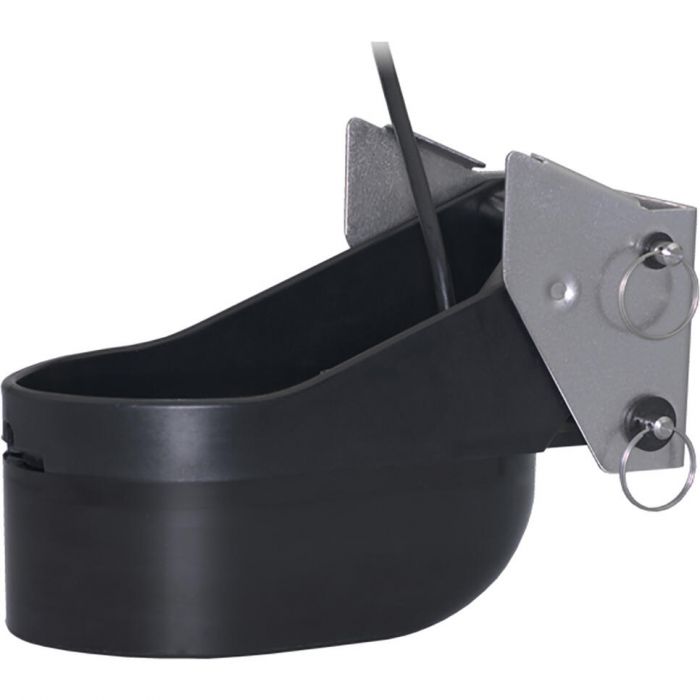
Furuno - Transducteur CHIRP TM185 avec Température avec Support de Tableau Arrière en Uréthane et Support en Acier Inoxydable
1 346,03 $ - 1 612,03 $ -
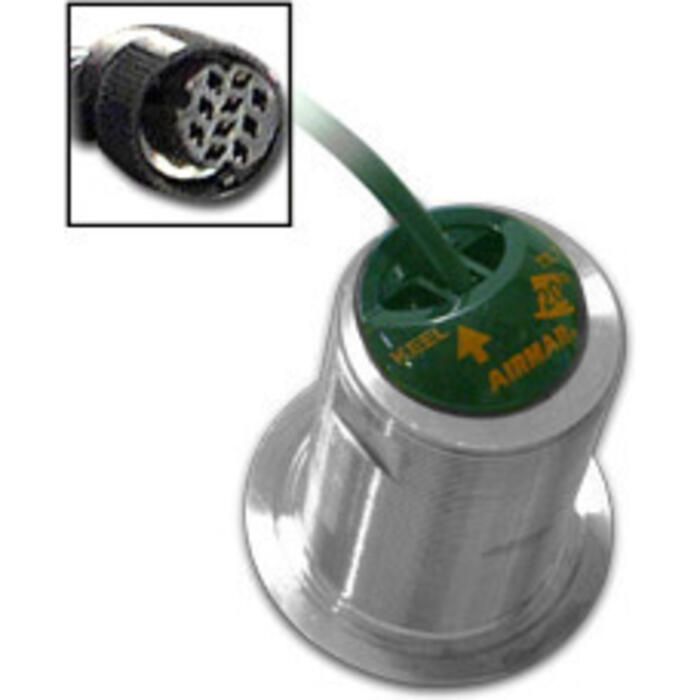
Furuno - Transducteur Traversant en Acier Inoxydable à Élément Incliné 555-SLTD - 50/200 kHz
1 078,62 $ -
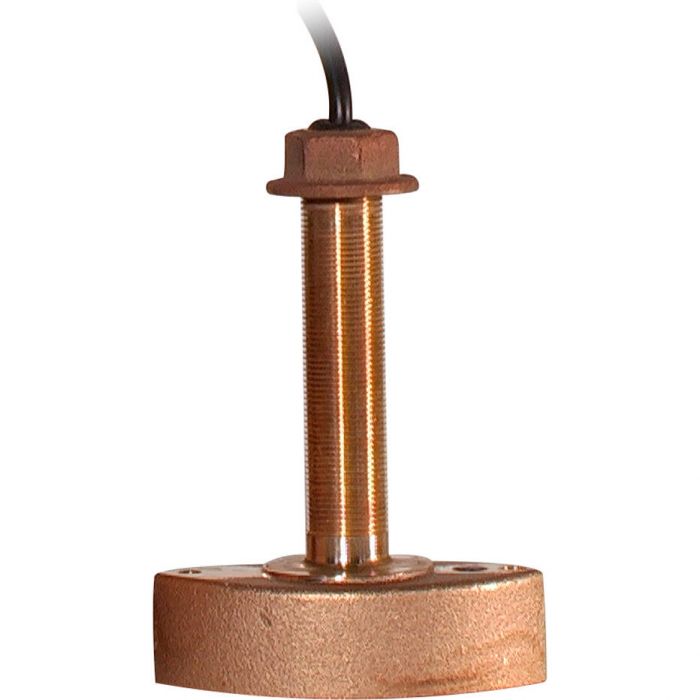
Furuno - Transducteur en Bronze à Passer par la Coque avec Température - 525T-BSC
322,60 $ -

Furuno - Transducteur en Plastique Montage sur Tableau Arrière - 525-5PWD
175,60 $ -
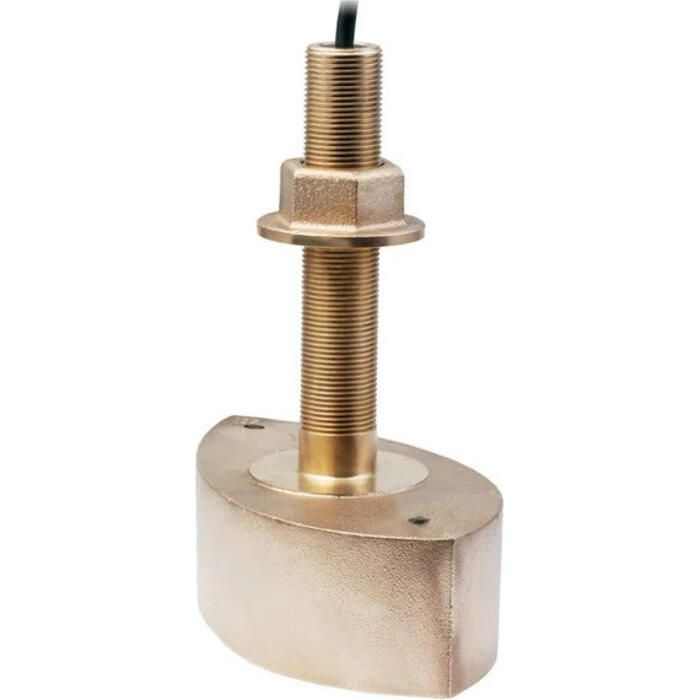
Echonautics - Transducteur Traversant en Bronze à Double Fréquence - 600W - CB101D600CW
311,40 $ -

Echonautics - Câble Mix-N-Match
56,58 $ -

Echonautics - Transducteur Traversant en Bronze 1kW pour Profondeur et Température
1 075,81 $ - 1 270,43 $ -
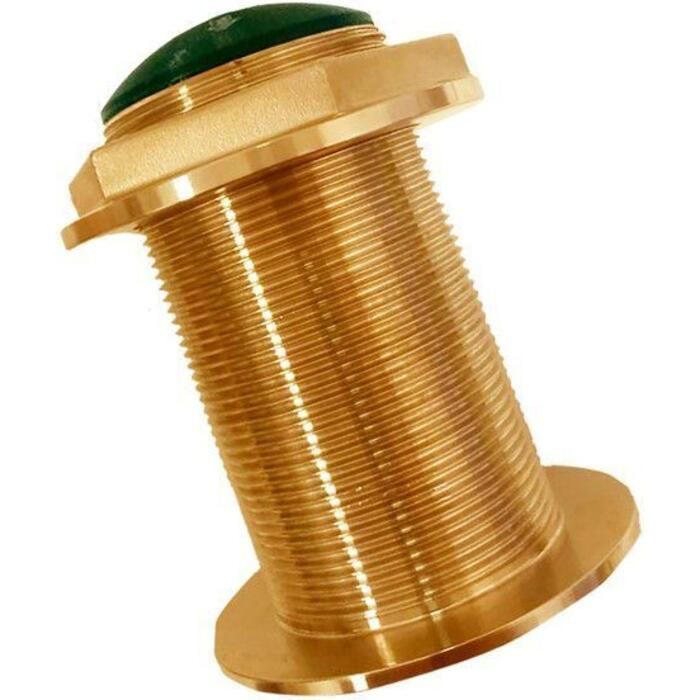
Echonautics - Transducteur Traversant en Bronze pour Profondeur et Température - 600W
744,01 $ -

Echonautics - Transducteur Traversant en Bronze pour Profondeur et Température - 300W
478,02 $ - 870,01 $ -

Echonautics - Transducteur Traversant en Bronze à Double Fréquence - 600W
333,81 $ -
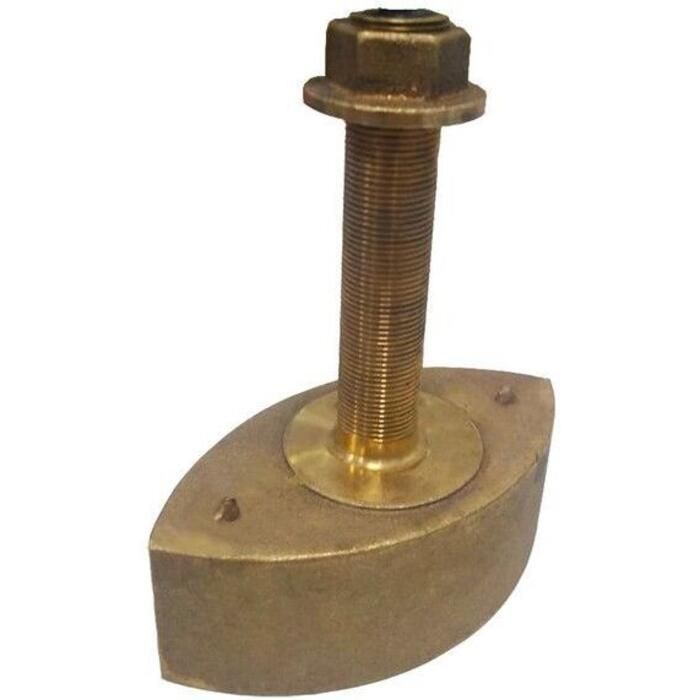
Echonautics - Transducteur Traversant en Bronze Chirp pour Profondeur et Température - 600W
745,42 $ - 884,02 $ -

Echonautics - Transducteur Traversant en Bronze Chirp pour Profondeur et Température - 1000W
1 077,22 $ - 1 270,42 $ -
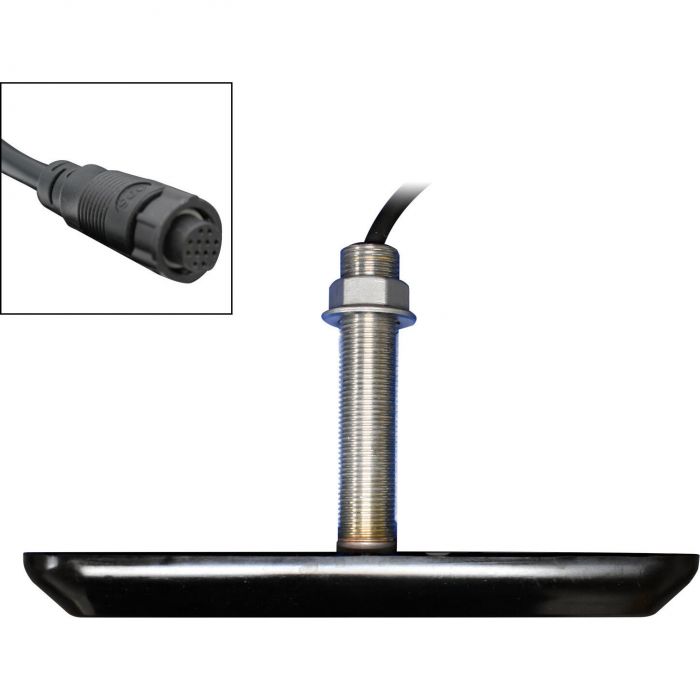
Furuno - Transducteur Latéral à Travers la Coque pour NavNet TZtouchXL - 455T-SS903
1 078,62 $ -

Furuno - Transducteur Latéral à Travers la Coque pour NavNet TZtouchXL - (Paquet de 2) - 455T-PR903
2 235,05 $ -
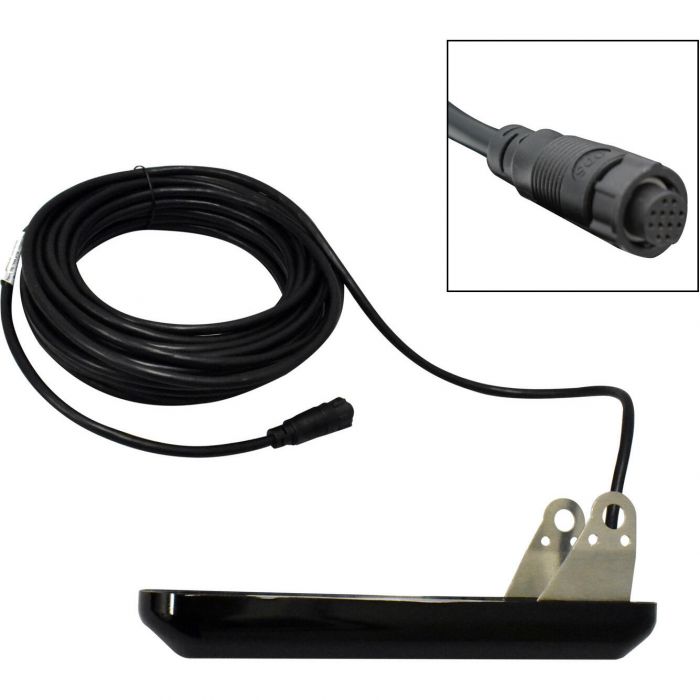
Furuno - Transducteur Latéral Monté sur Tableau Arrière pour NavNet TZtouchXL - 455T-TM903
879,82 $
Précédent2 / 2



